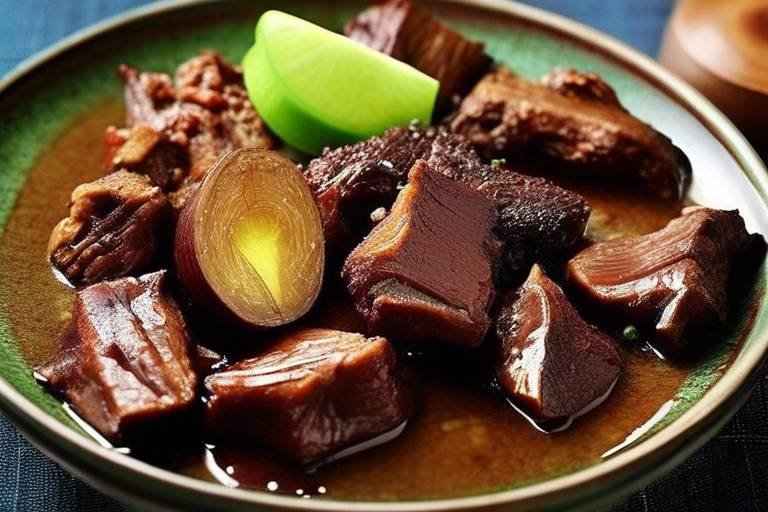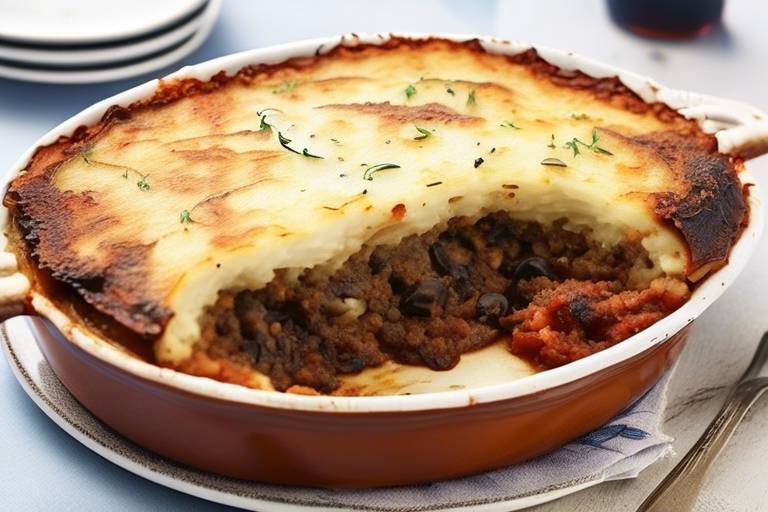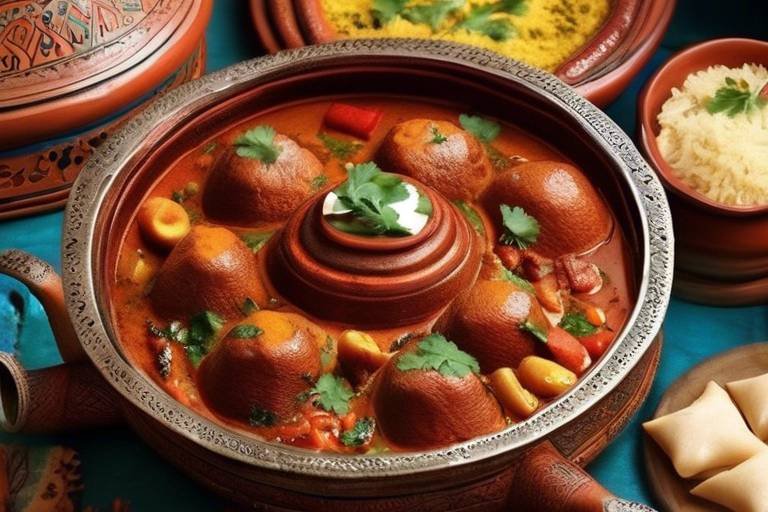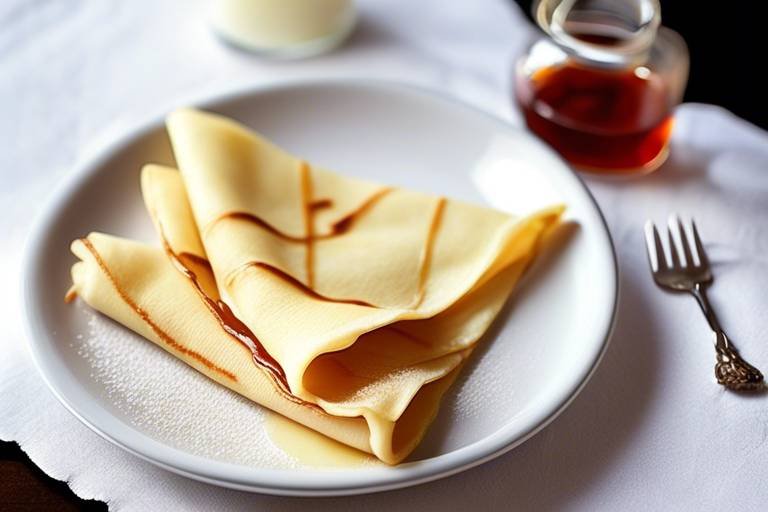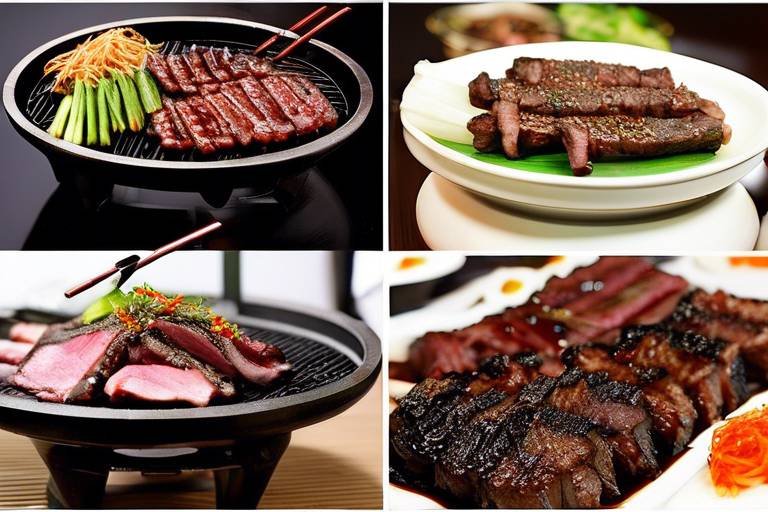Discovering the Best Brazilian Feijoada Recipes
When it comes to Brazilian cuisine, one dish stands out for its rich flavors and cultural significance – Feijoada. This hearty stew, often considered the national dish of Brazil, is a true culinary gem that embodies the country's diverse heritage and vibrant flavors. In this article, we will take a deep dive into the world of Brazilian Feijoada recipes, exploring its history, traditional ingredients, preparation techniques, and even modern twists that bring a new spin to this classic dish.
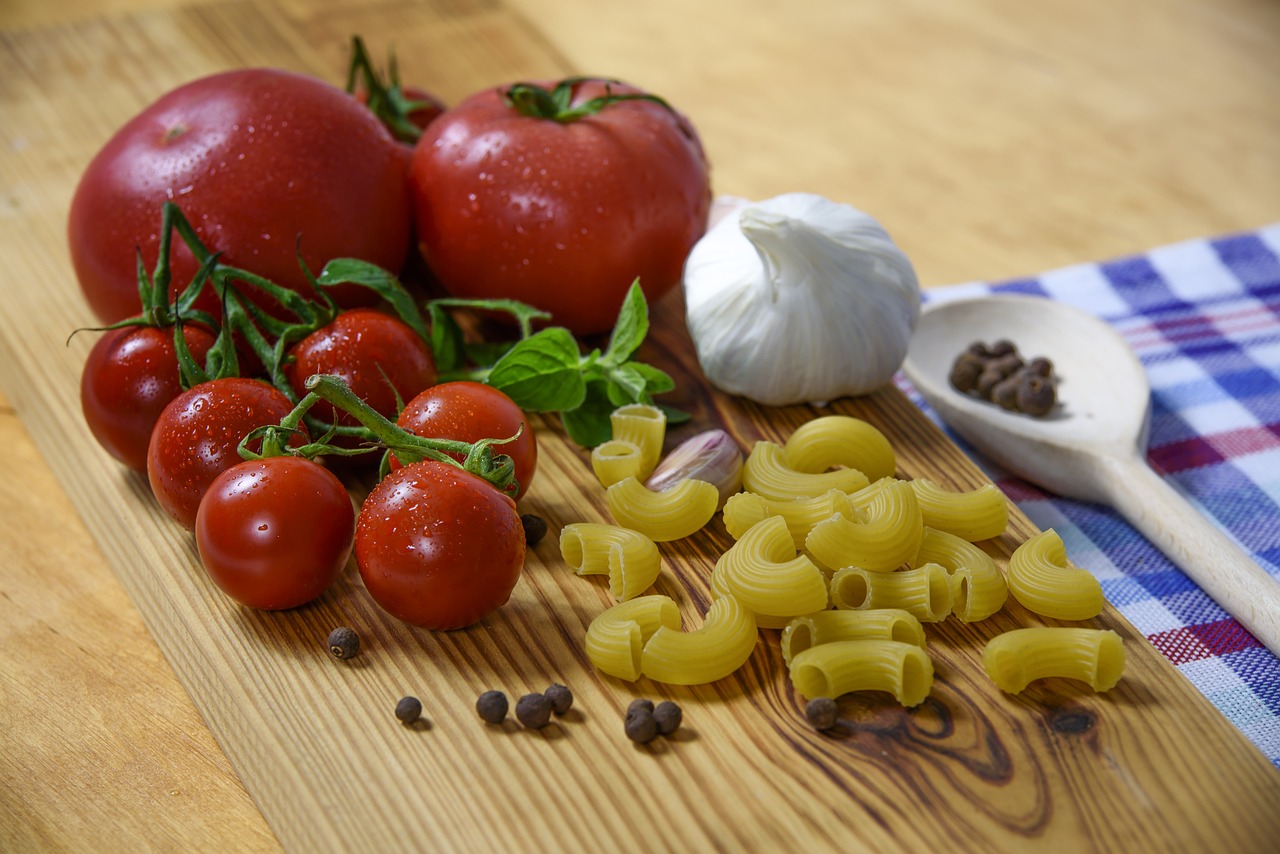
History of Feijoada in Brazil
The is a tale as rich and diverse as the dish itself. This iconic Brazilian stew holds a special place in the hearts and stomachs of the people, symbolizing a blend of cultural influences and culinary traditions. Dating back to the time of slavery in Brazil, Feijoada has evolved from a humble meal prepared by slaves using leftover ingredients to a beloved national dish that graces tables across the country.
The origins of Feijoada can be traced back to the Portuguese colonizers who brought beans and pork to Brazil. Over time, African slaves added their own touch to the dish, incorporating local ingredients and cooking techniques. This fusion of flavors and cooking styles gave birth to the Feijoada we know today, a hearty and flavorful stew that reflects the diverse heritage of Brazil.
Originally considered a peasant dish, Feijoada gradually gained popularity among all social classes in Brazil. Today, it is not only a symbol of Brazilian cuisine but also a representation of unity and shared history. Whether enjoyed at a family gathering, a festive celebration, or a cozy meal at home, Feijoada continues to bring people together through its delicious flavors and cultural significance.

Traditional Ingredients Used
When it comes to crafting an authentic Brazilian Feijoada, the traditional ingredients play a crucial role in capturing the essence of this beloved dish. The foundation of a classic Feijoada consists of a rich blend of flavors and textures, carefully curated to create a harmonious culinary experience that is deeply rooted in Brazilian culture.
The primary ingredient that forms the heart of Feijoada is black beans, known as feijão preto in Portuguese. These beans serve as the base of the dish, providing a hearty and earthy flavor that serves as the perfect canvas for the other components to shine. The slow cooking process allows the beans to absorb the flavors of the meats and spices, resulting in a robust and satisfying dish.
Another essential component of Feijoada is a variety of pork cuts, such as pork shoulder, ribs, and sausage. These meats bring a depth of flavor and richness to the dish, infusing it with smoky and savory notes that are characteristic of Brazilian cuisine. The combination of different pork cuts adds complexity and texture to the Feijoada, creating a truly indulgent experience.
In addition to the meats and beans, Feijoada typically includes ingredients like onions, garlic, bay leaves, and orange peel. These aromatics contribute layers of flavor and aroma to the dish, enhancing its overall profile and creating a well-balanced taste sensation. The subtle citrus notes from the orange peel add a refreshing contrast to the savory elements, elevating the dish to new heights.
To add a touch of heat and spice, many Feijoada recipes incorporate dried chili peppers or hot sauce, providing a kick of flavor that balances the richness of the meats and beans. The spicy element adds a dynamic dimension to the dish, awakening the taste buds and creating a memorable dining experience that is both comforting and exhilarating.
Overall, the traditional ingredients used in Brazilian Feijoada work in harmony to create a dish that is hearty, flavorful, and deeply satisfying. Each component plays a crucial role in shaping the final outcome, resulting in a culinary masterpiece that celebrates the vibrant culinary heritage of Brazil.
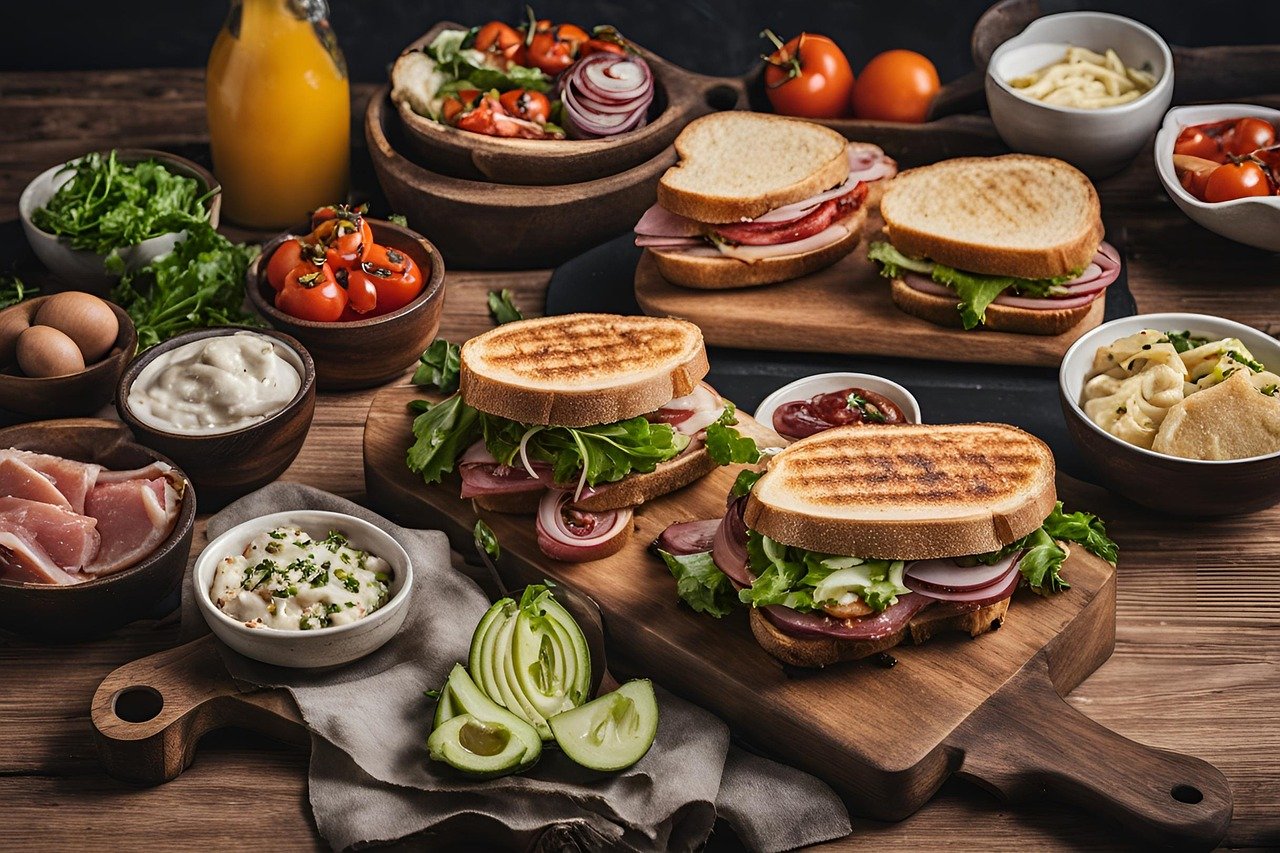
Variations Across Different Regions
When it comes to Feijoada, a dish deeply rooted in Brazilian culinary tradition, one cannot ignore the diverse range of variations that exist across different regions of Brazil. Each region brings its own unique twist to this beloved meal, reflecting the local flavors and culinary preferences.
In the northern regions of Brazil, Feijoada is often prepared with a lighter touch, incorporating more seafood and tropical fruits to complement the hearty beans and meat. The use of coconut milk and palm oil adds a distinct flavor profile that sets it apart from the traditional recipe.
On the other hand, in the southern regions of Brazil, Feijoada tends to be richer and more robust, with an emphasis on slow-cooked meats such as pork ribs, sausage, and beef. The addition of spices like cumin and paprika gives the dish a fiery kick that appeals to those with a penchant for bold flavors.
Heading towards the coastal areas, Feijoada takes on a fresh and vibrant character, with an abundance of fresh herbs, citrus fruits, and peppers adding a zesty twist to the classic recipe. Seafood varieties like shrimp and fish are often included, offering a lighter alternative for those looking for a seafood-infused Feijoada experience.
Moreover, the central regions of Brazil showcase a harmonious blend of flavors, combining influences from various cultural backgrounds to create a Feijoada that is both comforting and eclectic. The use of regional spices and indigenous ingredients adds depth and complexity to the dish, making it a true representation of Brazil's culinary diversity.
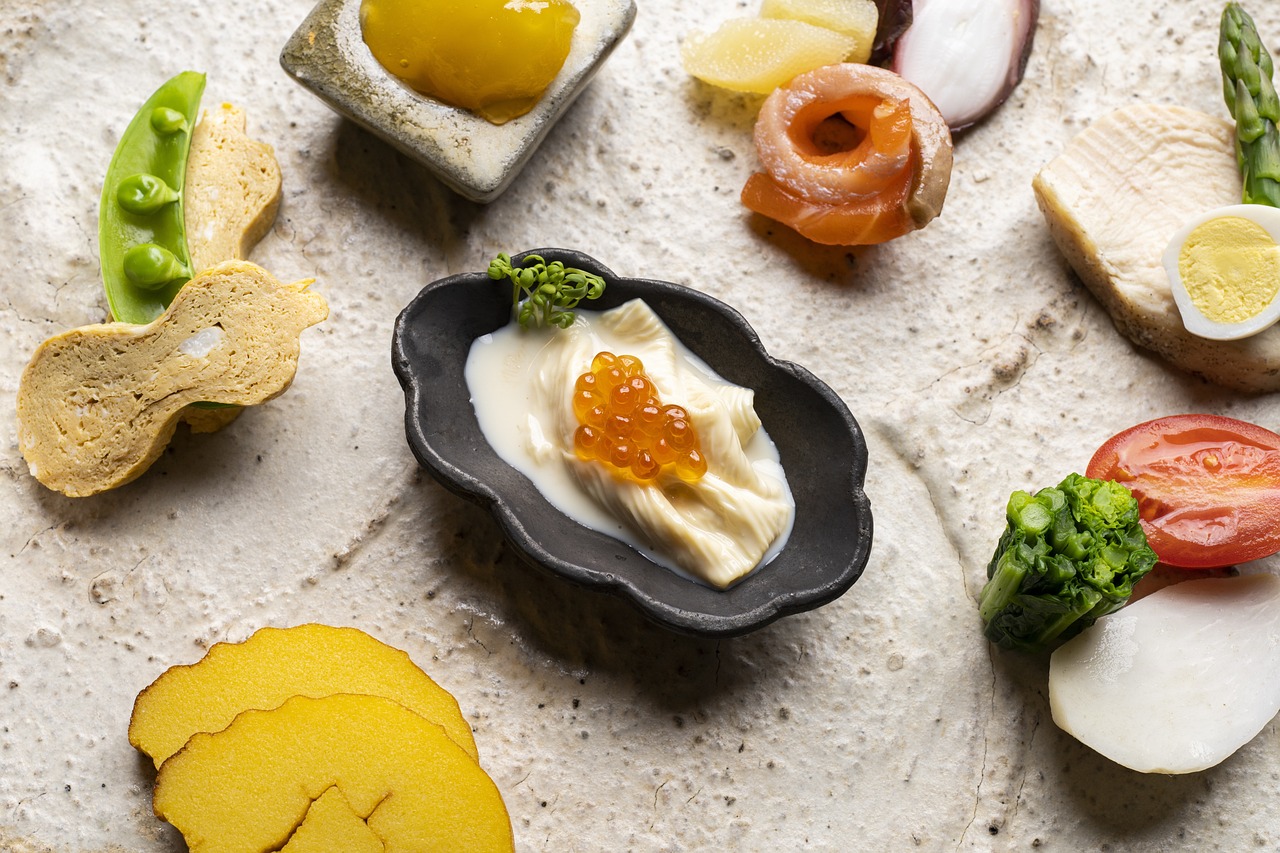
Preparation Techniques
When it comes to preparing an authentic Brazilian Feijoada, proper techniques are essential to ensure the rich flavors and textures come together harmoniously. The process of making this beloved dish is a labor of love, requiring attention to detail and patience.
One of the crucial steps in preparing Feijoada is soaking the black beans overnight. This not only helps to soften the beans but also enhances their flavor profile, resulting in a creamy texture when cooked. The beans are then simmered with a variety of meats such as pork, beef, and sausages, infusing the dish with a depth of savory goodness.
To achieve the perfect balance of flavors, it is important to brown the meats before adding them to the beans. This step caramelizes the proteins, adding richness and complexity to the dish. Additionally, the use of smoked meats like bacon or ham hocks imparts a smoky essence that elevates the overall taste of Feijoada.
Seasoning is another key aspect of preparing Feijoada. A blend of garlic, onions, bay leaves, and a hint of orange peel creates a fragrant base that enhances the savory notes of the dish. The slow cooking process allows the flavors to meld together, resulting in a hearty and satisfying meal.
When serving Feijoada, it is customary to accompany the dish with traditional sides such as white rice, collard greens, farofa (toasted cassava flour), and orange slices. These accompaniments complement the richness of the Feijoada and provide a well-rounded dining experience.
For those looking to add a modern twist to this classic recipe, experimenting with alternative ingredients and cooking techniques can offer a fresh take on Feijoada. Whether incorporating different types of beans, using plant-based proteins, or adding unexpected spices, there are endless possibilities to reinvent this traditional Brazilian dish.
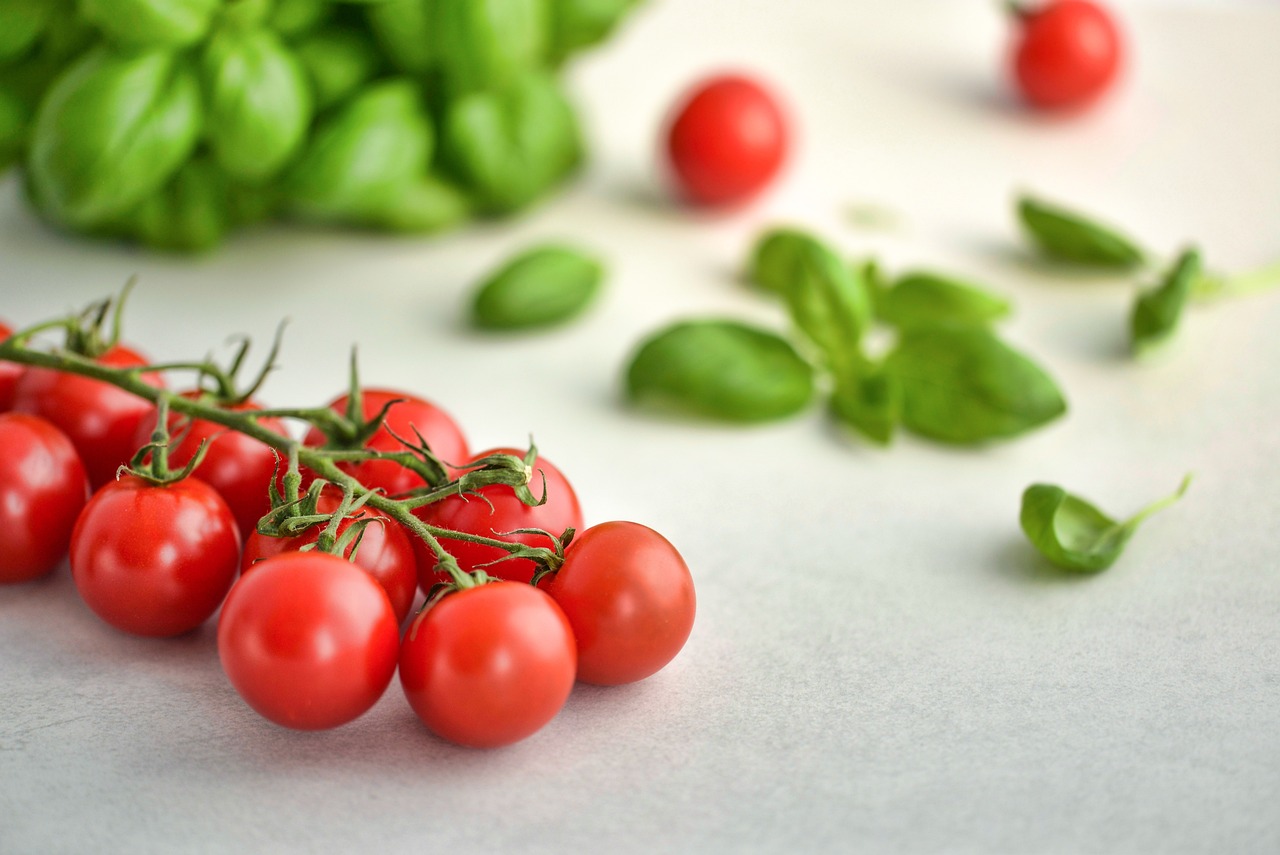
Vegetarian and Vegan Alternatives
When it comes to preparing Feijoada for individuals following a vegetarian or vegan diet, there are creative alternatives that can capture the essence of this traditional Brazilian dish without the use of meat. While the rich flavors of pork and beef are typically central to Feijoada, there are innovative ways to achieve a satisfying vegetarian or vegan version that doesn't compromise on taste.
One popular approach to creating a vegetarian Feijoada is to replace the meat with plant-based protein sources such as tofu, tempeh, or seitan. These alternatives can mimic the texture and heartiness of meat, adding a savory element to the dish. Additionally, incorporating a variety of beans like black beans, kidney beans, and chickpeas can provide a robust base for the stew, offering a protein-rich and filling alternative.
For a vegan twist on Feijoada, omitting animal products entirely opens up a world of possibilities for flavorful substitutions. Ingredients like mushrooms, eggplant, and squash can add depth and complexity to the dish, contributing unique tastes and textures. Utilizing a combination of aromatic spices and herbs can further enhance the overall profile of the vegan Feijoada, ensuring a memorable dining experience.
Moreover, exploring the use of traditional Brazilian seasonings and condiments can elevate the vegetarian and vegan versions of Feijoada. Ingredients like cumin, paprika, bay leaves, and garlic can infuse the dish with authentic flavors, replicating the essence of a classic Feijoada while catering to plant-based preferences.
When serving vegetarian or vegan Feijoada, consider accompanying the dish with fresh citrus wedges, farofa (toasted cassava flour), and kale or collard greens sautéed with garlic. These side dishes complement the stew beautifully, providing a balance of textures and flavors that enhance the overall dining experience.
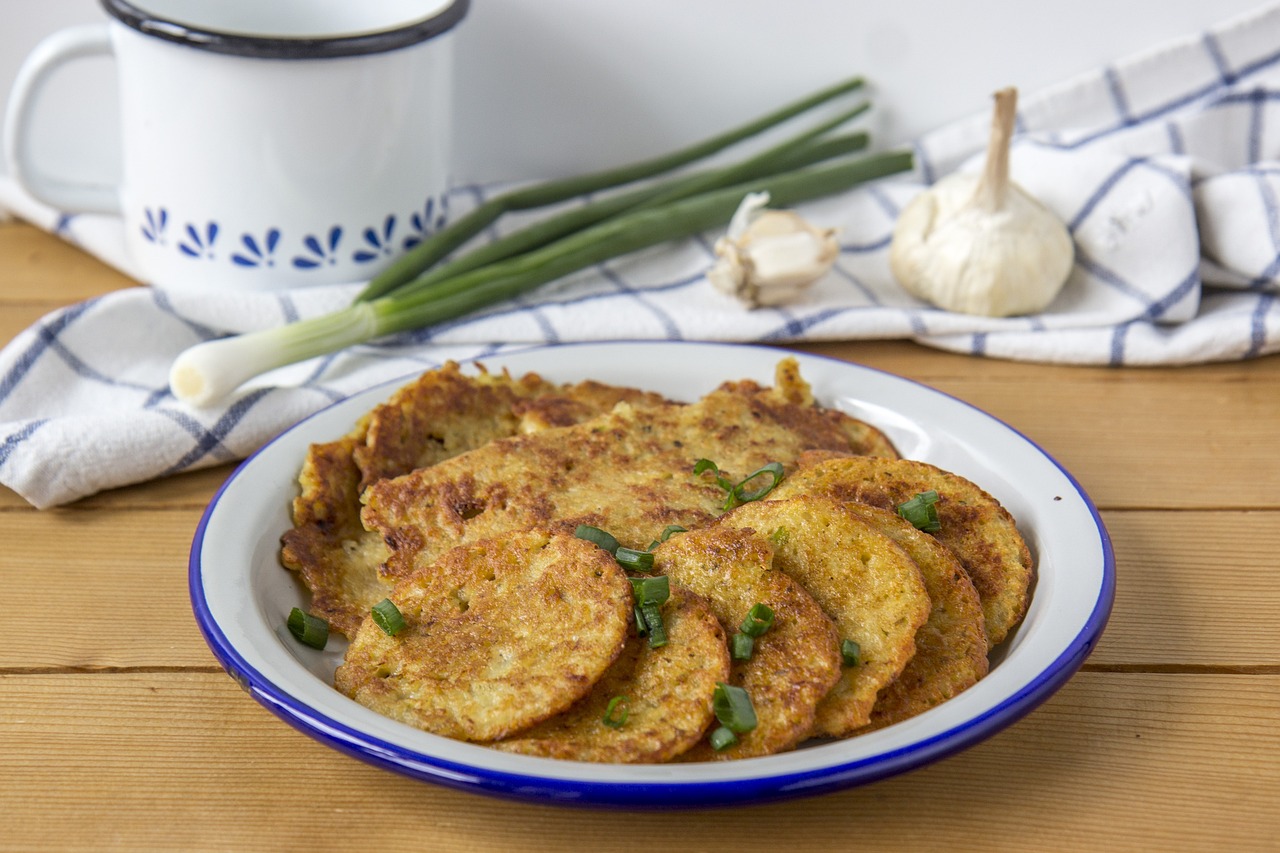
Serving and Presentation Tips
When it comes to serving and presenting Feijoada, there are certain tips and tricks that can elevate the dining experience to a whole new level. The way you serve this traditional Brazilian dish can make a significant impact on how it is enjoyed by your guests. Let's delve into some key aspects of serving and presenting Feijoada.
First and foremost, consider using traditional Brazilian tableware and serving dishes to enhance the authenticity of the experience. Opt for colorful and vibrant plates, bowls, and platters that complement the rich and hearty nature of Feijoada. Presentation plays a crucial role in setting the stage for a delightful meal.
Another important aspect to keep in mind is the serving size. Feijoada is a hearty and filling dish, so make sure to serve it in generous portions. This dish is meant to be enjoyed leisurely, so encourage your guests to savor each bite and appreciate the flavors.
When it comes to garnishing, fresh and vibrant ingredients can add a pop of color and freshness to the dish. Consider topping the Feijoada with chopped parsley, sliced oranges, or a sprinkle of farofa for an extra layer of flavor and texture.
Creating a visually appealing presentation is key to enticing your guests' appetites. Arrange the Feijoada and its accompaniments in an aesthetically pleasing manner, ensuring that each component shines on its own while also complementing the whole dish.
For a more interactive dining experience, you can consider serving Feijoada family-style, allowing guests to help themselves to the different components of the dish. This communal style of serving can foster a sense of togetherness and shared enjoyment of the meal.
Lastly, don't forget about the importance of pairing Feijoada with the right beverages. Traditional Brazilian drinks such as caipirinha or guarana soda can enhance the flavors of the dish and provide a well-rounded culinary experience.
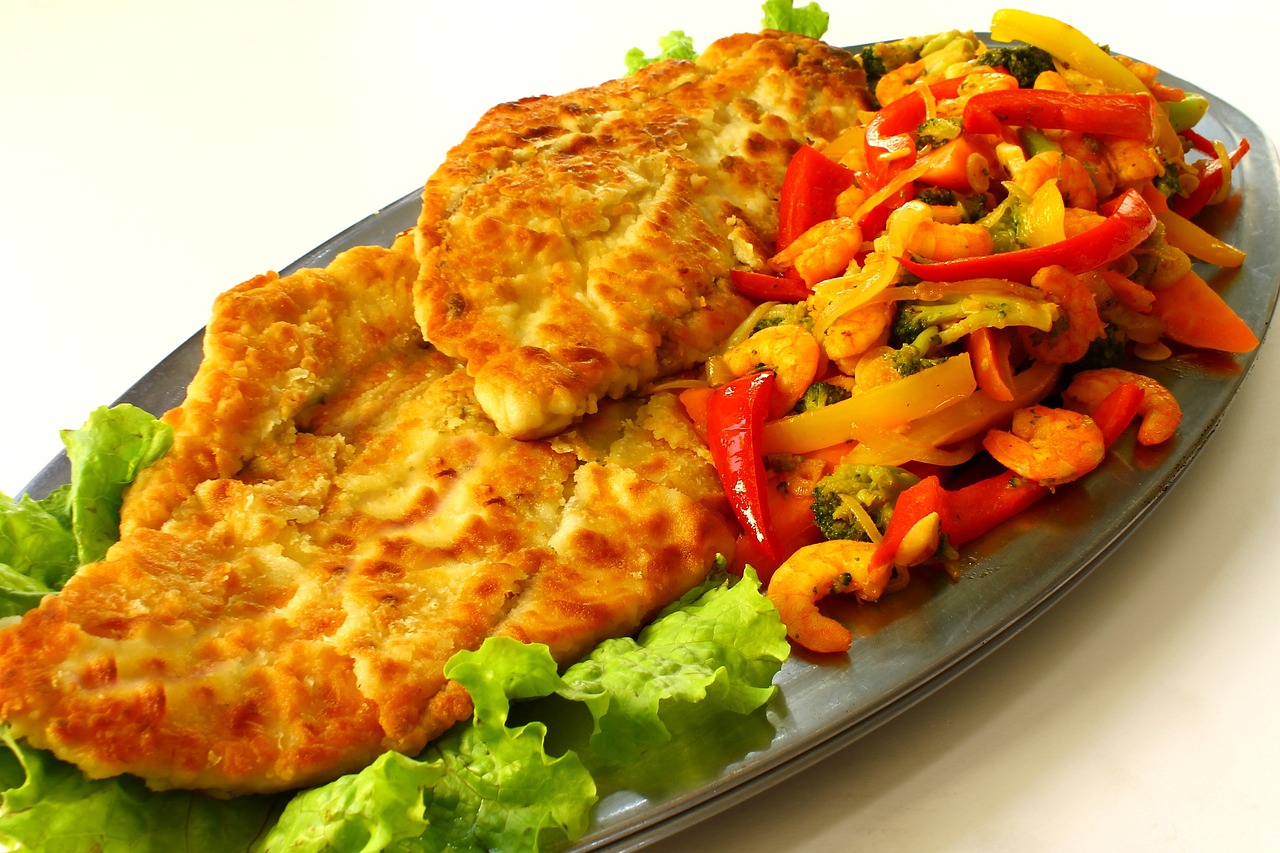
Accompaniments and Side Dishes
When it comes to serving a delicious Brazilian Feijoada, the accompaniments and side dishes play a crucial role in enhancing the overall dining experience. These additional elements not only complement the rich flavors of the Feijoada but also provide a well-rounded meal for your guests to enjoy.
One of the most popular accompaniments for Feijoada is farofa, a toasted cassava flour mixture that adds a crunchy texture and nutty flavor to the dish. Farofa is often seasoned with ingredients like onions, garlic, and bacon, making it a savory and versatile side dish that pairs perfectly with the hearty beans and meats of Feijoada.
Orange slices are another traditional accompaniment that adds a refreshing and citrusy contrast to the rich and savory flavors of Feijoada. The acidity of the oranges helps cut through the heaviness of the dish, providing a bright and zesty element to each bite.
For those looking to add some freshness to their Feijoada meal, a crispy kale salad can be a great side dish option. The crispiness of the kale leaves, combined with a tangy vinaigrette dressing, offers a light and refreshing contrast to the hearty stew, balancing out the flavors and textures on the plate.
When it comes to beverages, Caipirinha, Brazil's national cocktail made with cachaça, sugar, and lime, is a popular choice to serve alongside Feijoada. The sweet and tangy flavors of the Caipirinha complement the richness of the dish, creating a well-rounded dining experience for your guests.
Additionally, a platter of fresh tropical fruits such as mangoes, papayas, and pineapples can serve as a colorful and refreshing dessert option to cleanse the palate after indulging in the hearty Feijoada meal.
Remember, the key to a successful Feijoada feast lies not only in the preparation of the main dish but also in the thoughtful selection of accompaniments and side dishes that enhance the flavors and textures of this beloved Brazilian culinary tradition.

Modern Twists on Feijoada
When it comes to traditional Brazilian cuisine, Feijoada holds a special place in the hearts of many. However, in today's culinary landscape, chefs and home cooks alike are putting their own unique spin on this classic dish, giving rise to modern twists on Feijoada that offer a fresh take on a beloved tradition.
One popular modern twist on Feijoada is the incorporation of different types of meats, such as chorizo or bacon, to add a depth of flavor and texture to the dish. These variations provide a new dimension to the traditional recipe, creating a fusion of flavors that tantalize the taste buds.
Another innovative approach to Feijoada involves experimenting with alternative protein sources, like tofu or seitan, to cater to vegetarian and vegan preferences. By using plant-based ingredients, chefs are able to craft a meatless version of Feijoada that is just as hearty and satisfying as the original.
Furthermore, some culinary enthusiasts are exploring fusion cuisine by infusing Feijoada with elements from other cultures. For example, adding Asian spices or ingredients can result in a unique fusion dish that marries Brazilian tradition with international influences, creating a culinary experience that is truly one-of-a-kind.
Additionally, chefs are reimagining the presentation of Feijoada by incorporating modern plating techniques and artistic flair. By elevating the visual appeal of the dish, these modern interpretations of Feijoada not only taste delightful but also look visually stunning, appealing to both the palate and the eyes.
Overall, the modern twists on Feijoada showcase the versatility and adaptability of this iconic Brazilian dish, proving that culinary innovation knows no bounds when it comes to celebrating traditional flavors in a contemporary context.
Frequently Asked Questions
- What is Feijoada?
Feijoada is a traditional Brazilian dish that consists of black beans stewed with a variety of pork and beef cuts, typically served with rice, collard greens, and orange slices. It is often considered the national dish of Brazil and is enjoyed during festive occasions.
- Are there vegetarian or vegan alternatives to Feijoada?
Yes, there are creative ways to make vegetarian or vegan versions of Feijoada. Instead of using meat, you can substitute with ingredients like mushrooms, tofu, or plant-based sausages to achieve a similar flavor profile. These alternatives provide options for individuals with dietary restrictions or preferences.
- How can I enhance the flavor of Feijoada?
To enhance the flavor of Feijoada, you can add ingredients such as smoked paprika, bay leaves, garlic, and fresh herbs like parsley or cilantro. Additionally, allowing the dish to simmer for an extended period can help the flavors meld together, resulting in a rich and savory taste.
- What are some traditional side dishes that pair well with Feijoada?
Traditional side dishes that complement Feijoada include farofa (toasted cassava flour), orange slices, sautéed collard greens, vinaigrette sauce, and white rice. These accompaniments provide contrasting textures and flavors that enhance the overall dining experience.
- Can I freeze leftover Feijoada?
Yes, you can freeze leftover Feijoada for future consumption. Allow the dish to cool to room temperature before transferring it to airtight containers or freezer bags. When reheating, thaw the Feijoada in the refrigerator overnight and gently warm it on the stove, stirring occasionally to prevent sticking.






